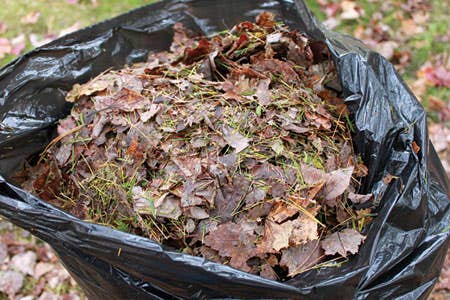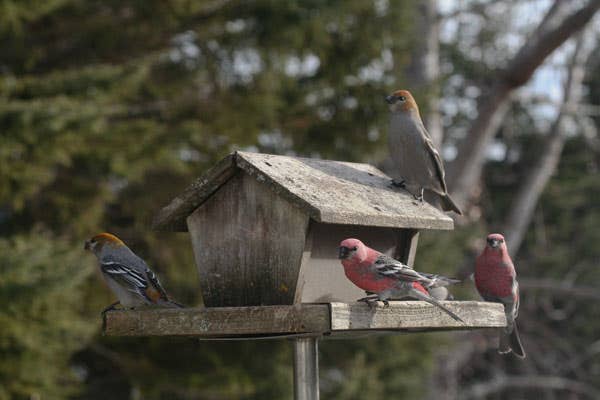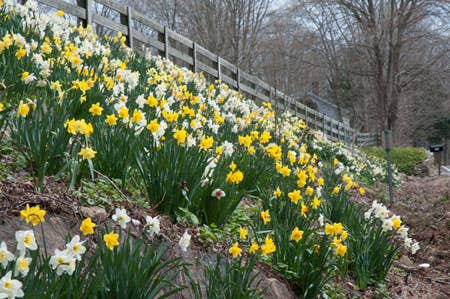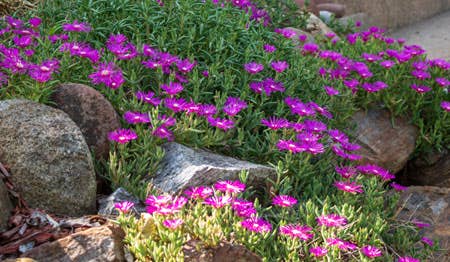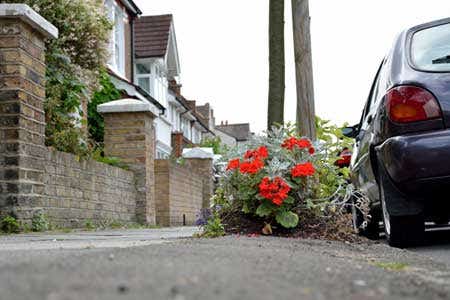Growing Crinums
Can you give me information on crinums? Catalogs say they are hardy to 0 degrees Fahrenheit. I live in USDA Zone 6, where the ground remains frozen for weeks. I am skeptical but intend to try growing some in pots…
Question: Can you give me information on crinums? Catalogs say they are hardy to 0 degrees Fahrenheit. I live in USDA Zone 6, where the ground remains frozen for weeks. I am skeptical but intend to try growing some in pots.
–Jasonville, Ind.
Answer: The crinum lily is a member of the amaryllis family. The genus contains both hardy and tender species. Common names are Bengal lilies and milk-and-wine lilies.
Crinum Xpowellii and its cultivars, C. moorei, and C. longifolium (the latter is sometimes sold as C. capense or C. bulbispermum) are considered hardy species, surviving outside as far north as New York City––which is on the border of Zones 6 and 7––when grown near a south-facing foundation and mulched in winter with composted manure. All three of the species freely reproduce offsets; the last two also set seed.
In northern gardens, plant the bulbs in the spring, after the last frost, two to three feet apart in a protected, well-drained soil that is rich in organic matter. Keep them well watered all season until after flowering, then reduce the moisture to allow the long, straplike leaves to die down.
It takes several growing seasons for a bulb to become established and flower generously. The flowers develop on long scapes that can be up to four feet tall (depending on the cultivar).
When growing crinums in large pots or tubs, set the bulbs in a peaty soil mix with coarse sand added. Be sure the top third of the bulb’s long neck is above soil level.
Crinums do best when kept in a bright, sunny spot. (The only exception is C. moorei, which needs partial shade). Keep the bulbs evenly moist and apply a liquid houseplant food weekly from the time the flower buds form through flowering––approximately June to August.
After the foliage has died down, move the container indoors to a cool (50 degrees), lighted area and water sparingly. When spring arrives, increase the temperature to about 60 degrees and water enough to keep the soil moist at all times. Move back outside as soon as danger of frost is over.



